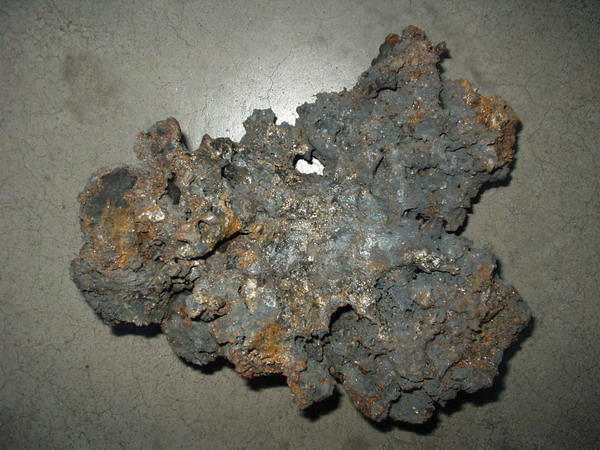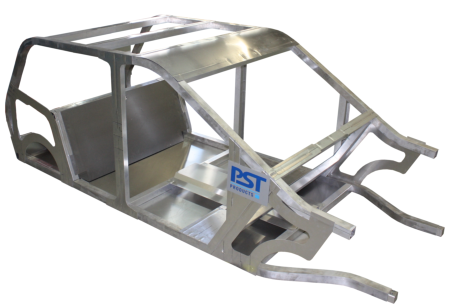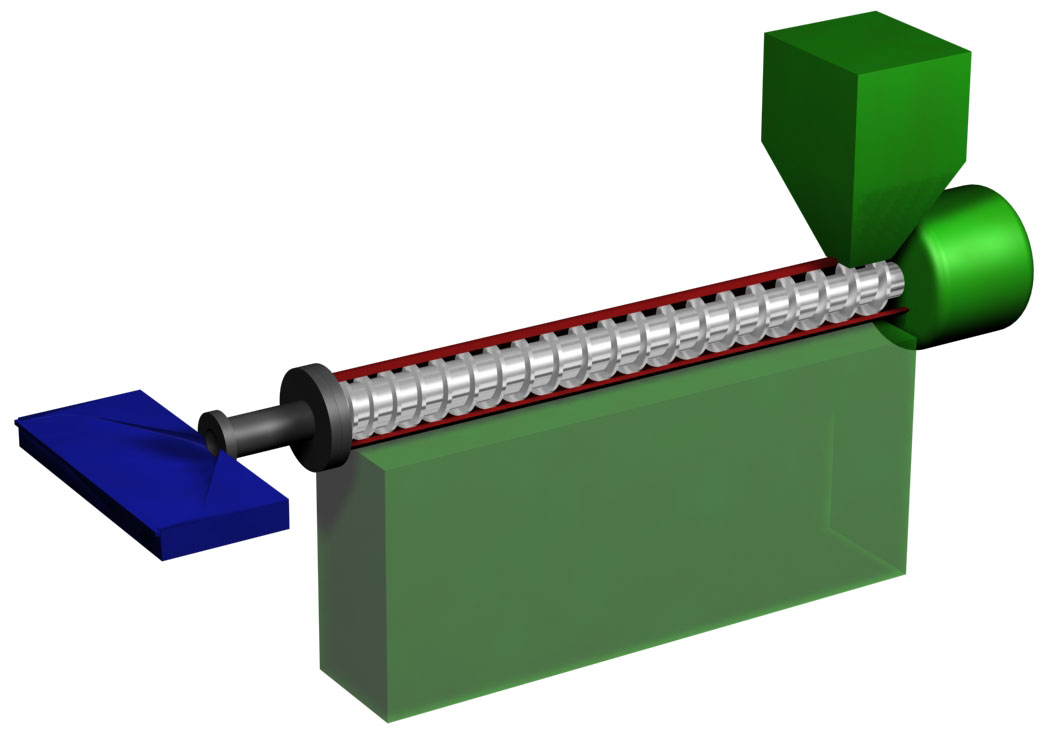|
List Of Welding Processes
This is a list of welding processes, separated into their respective categories. The associated ''N reference numbers'' (second column) are specified in ISO 4063 (in the European Union published as ''EN ISO 4063''). Numbers in parentheses are obsolete and were removed from the current (1998) version of ISO 4063. The AWS reference codes of the American Welding Society are commonly used in North America."Welding Inspection Handbook", 3rd edition, American Welding Society, , Miami, FL, pp. 10-11 (2000) Arc welding Oxyfuel gas welding Resistance welding Solid-state welding Other types of welding Notes and references *Cary, Howard B. and Scott C. Helzer (2005). Modern Welding Technology. Upper Saddle River, New Jersey: Pearson Education. . *Lincoln Electric (1994). The Procedure Handbook of Arc Welding. Cleveland: Lincoln Electric. . See also * Welding * List of welding codes This page lists published welding codes, procedures, and specifications. American Society of ... [...More Info...] [...Related Items...] OR: [Wikipedia] [Google] [Baidu] |
American Welding Society
The American Welding Society (AWS) was founded in 1919 as a non-profit organization to advance the science, technology and application of welding and allied joining and cutting processes, including brazing, soldering and thermal spraying. Headquartered in Miami, Florida, and led by a volunteer organization of officers and directors, AWS serves over 73,000 members worldwide and is composed of 22 Districts with 250 Sections and student chapters. History The roots of the American Welding Society stretch back to World War I, when the sudden demands of swiftly producing military equipment brought about the need for standardization of the manufacturing industry. An evolving metal joining process, welding, suddenly became very necessary to enhance the war effort. To ensure that industry took advantage of this technology, President Woodrow Wilson called upon a Harvard professor, Comfort A. Adams, to chair the Welding Committee of the Emergency Fleet Corp. Welding performed well in the ... [...More Info...] [...Related Items...] OR: [Wikipedia] [Google] [Baidu] |
Resistance Seam Welding
Electric resistance welding (ERW) is a welding process where metal parts in contact are permanently joined by heating them with an electric current, melting the metal at the joint. Electric resistance welding is widely used, for example, in manufacture of steel pipe and in assembly of bodies for automobiles. The electric current can be supplied to electrodes that also apply clamping pressure, or may be induced by an external magnetic field. The electric resistance welding process can be further classified by the geometry of the weld and the method of applying pressure to the joint: spot welding, seam welding, flash welding, projection welding, for example. Some factors influencing heat or welding temperatures are the proportions of the workpieces, the metal coating or the lack of coating, the electrode materials, electrode geometry, electrode pressing force, electrical current and length of welding time. Small pools of molten metal are formed at the point of most electrical resista ... [...More Info...] [...Related Items...] OR: [Wikipedia] [Google] [Baidu] |
Friction Stir Welding
Friction stir welding (FSW) is a solid-state joining process that uses a non-consumable tool to join two facing workpieces without melting the workpiece material. Heat is generated by friction between the rotating tool and the workpiece material, which leads to a softened region near the FSW tool. While the tool is traversed along the joint line, it mechanically intermixes the two pieces of metal, and forges the hot and softened metal by the mechanical pressure, which is applied by the tool, much like joining clay, or dough. It is primarily used on wrought or extruded aluminium and particularly for structures which need very high weld strength. FSW is capable of joining aluminium alloys, copper alloys, titanium alloys, mild steel, stainless steel and magnesium alloys. More recently, it was successfully used in welding of polymers. In addition, joining of dissimilar metals, such as Aluminium joining, aluminium to magnesium alloys, has been recently achieved by FSW. Application of F ... [...More Info...] [...Related Items...] OR: [Wikipedia] [Google] [Baidu] |
Friction Welding
Friction welding (FRW) is a solid-state welding process that generates heat through mechanical friction between workpieces in relative motion to one another, with the addition of a lateral force called "upset" to plastically displace and fuse the materials. Because no melting occurs, friction welding is not a fusion welding process, but a solid-state welding technique more like forge welding. Friction welding is used with metals and thermoplastics in a wide variety of aviation and automotive applications. ISO norm of friction welding is EN ISO 15620:2019 there is information about basic terms and definitions and table of weldability of metals and alloys. History Some applications and patents connected with friction welding were dated back to the turn of the 20th century and rotary friction welding is the oldest of this methods. W. Richter patented the method of linear friction welding (LFW) process in 1924 in England and 1929 in Germany, however, the description of the process ... [...More Info...] [...Related Items...] OR: [Wikipedia] [Google] [Baidu] |
Damascus Steel
Damascus steel was the forged steel of the blades of swords smithed in the Near East from ingots of Wootz steel either imported from Southern India or made in production centres in Sri Lanka, or Khorasan, Iran. These swords are characterized by distinctive patterns of banding and mottling reminiscent of flowing water, sometimes in a "ladder" or "rose" pattern. Such blades were reputed to be tough, resistant to shattering, and capable of being honed to a sharp, resilient edge. Wootz (Indian), Pulad (Persian), Fuladh (Arabic), Bulat (Russian) and Bintie (Chinese) are all names for historical ultra-high carbon crucible steel typified by carbide segregation. "Wootz" is an erroneous transliteration of "utsa" or "fountain" in Sanskrit, however since 1794 it has been the primary word used to refer to historical hypereutectoid crucible steel. History Origins The origin of the name "Damascus Steel" is contentious: the Islamic scholars al-Kindi (full name Abu Ya'qub ibn Ishaq al-K ... [...More Info...] [...Related Items...] OR: [Wikipedia] [Google] [Baidu] |
Forge Welding
Forge welding (FOW), also called fire welding, is a solid-state welding process that joins two pieces of metal by heating them to a high temperature and then hammering them together. It may also consist of heating and forcing the metals together with presses or other means, creating enough pressure to cause plastic deformation at the weld surfaces. The process is one of the simplest methods of joining metals and has been used since ancient times, being a staple of traditional blacksmithing. Forge welding is versatile, being able to join a host of similar and dissimilar metals. With the invention of electrical welding and gas welding methods during the Industrial Revolution, manual forge-welding has been largely replaced, although automated forge-welding is a common manufacturing process. Introduction Forge welding is a process of joining metals by heating them beyond a certain threshold and forcing them together with enough pressure to cause deformation of the weld surfaces, creat ... [...More Info...] [...Related Items...] OR: [Wikipedia] [Google] [Baidu] |
Magnetic Pulse Welding
Magnetic pulse welding (MPW) is a solid state welding process that uses magnetic forces to weld two workpieces together. The welding mechanism is most similar to that of explosion welding. Magnetic pulse welding started in the early 1970s, when the automotive industry began to use solid state welding. The biggest advantage using magnetic pulse welding is that the formation of brittle intermetallic phases is avoided. Therefore, dissimilar metals can be welded, which cannot be effectively joined by fusion welding. With magnetic pulse welding high quality welds in similar and dissimilar metals can be made in microseconds without the need for shielding gases or welding consumables. Process Magnetic pulse welding is based on a very short electromagnetic pulse (<100 µs), which is obtained by a fast discharge of s through low inductance switches into a coil. T ... [...More Info...] [...Related Items...] OR: [Wikipedia] [Google] [Baidu] |
Explosion Welding
Explosion welding (EXW) is a solid state (solid-phase) process where welding is accomplished by accelerating one of the components at extremely high velocity through the use of chemical explosives. This process is often used to clad carbon steel or aluminium plate with a thin layer of a harder or more corrosion-resistant material (e.g., stainless steel, nickel alloy, titanium, or zirconium). Due to the nature of this process, producible geometries are very limited. Typical geometries produced include plates, tubing and tube sheets. Development Unlike other forms of welding such as arc welding (which was developed in the late 19th century), explosion welding was developed relatively recently, in the decades after World War II. Its origins, however, go back to World War I, when it was observed that pieces of shrapnel sticking to armor plating were not only embedding themselves, but were actually being welded to the metal. Since the extreme heat involved in other forms of welding ... [...More Info...] [...Related Items...] OR: [Wikipedia] [Google] [Baidu] |
Diffusion Welding
Diffusion bonding or diffusion welding is a solid-state welding technique used in metalworking, capable of joining similar and dissimilar metals. It operates on the principle of solid-state diffusion, wherein the atoms of two solid, metallic surfaces intersperse themselves over time. This is typically accomplished at an elevated temperature, approximately 50-75% of the absolute melting temperature of the materials. Diffusion bonding is usually implemented by applying high pressure, in conjunction with necessarily high temperature, to the materials to be welded; the technique is most commonly used to weld "sandwiches" of alternating layers of thin metal foil, and metal wires or filaments. Currently, the diffusion bonding method is widely used in the joining of high-strength and refractory metals within the aerospace and nuclear industries. History The act of diffusion welding is centuries old. This can be found in the form of "gold-filled," a technique used to bond gold and copper ... [...More Info...] [...Related Items...] OR: [Wikipedia] [Google] [Baidu] |
Cold Welding
Cold welding or contact welding is a solid-state welding process in which joining takes place without fusion or heating at the interface of the two parts to be welded. Unlike in fusion welding, no liquid or molten phase is present in the joint. Cold welding was first recognized as a general materials phenomenon in the 1940s. It was then discovered that two clean, flat surfaces of similar metal would strongly adhere if brought into contact while in a vacuum (see Van der Waals force). Newly discovered micro- and nano-scale cold welding has shown potential in nanofabrication processes. Cold welding is common in jointing solid copper wires. Wire heads are put in claws and pressed together. This process is repeated until the joint is solid. Small wires can be jointed with hand-held manual welders while larger wires require hydraulic welders. The joint is firmer than basic wire. Applications include wire stock and electrical connections (such as insulation-displacement connectors ... [...More Info...] [...Related Items...] OR: [Wikipedia] [Google] [Baidu] |
Coextrusion Welding
Plastics extrusion is a high-volume manufacturing process in which raw plastic is melted and formed into a continuous profile. Extrusion produces items such as pipe/tubing, weatherstripping, fencing, deck railings, window frames, plastic films and sheeting, thermoplastic coatings, and wire insulation. This process starts by feeding plastic material (pellets, granules, flakes or powders) from a hopper into the barrel of the extruder. The material is gradually melted by the mechanical energy generated by turning screws and by heaters arranged along the barrel. The molten polymer is then forced into a die, which shapes the polymer into a shape that hardens during cooling. History The first precursors to the modern extruder were developed in the early 19th century. In 1820, Thomas Hancock invented a rubber "masticator" designed to reclaim processed rubber scraps, and in 1836 Edwin Chaffee developed a two-roller machine to mix additives into rubber. The first thermoplastic extrus ... [...More Info...] [...Related Items...] OR: [Wikipedia] [Google] [Baidu] |
Upset Welding
Upset welding (UW)/resistance butt welding is a welding technique that produces coalescence simultaneously over the entire area of abutting surfaces or progressively along a joint, by the heat obtained from resistance to electric current through the area where those surfaces are in contact. Pressure is applied before heating is started and is maintained throughout the heating period. The equipment used for upset welding is very similar to that used for flash welding Flash welding is a type of resistance welding that does not use any filler metals. The pieces of metal to be welded are set apart at a predetermined distance based on material thickness, material composition, and desired properties of the finished .... It can be used only if the parts to be welded are equal in cross-sectional area. The abutting surfaces must be very carefully prepared to provide for proper heating. The difference from flash welding is that the parts are clamped in the welding machine and force is ap ... [...More Info...] [...Related Items...] OR: [Wikipedia] [Google] [Baidu] |









